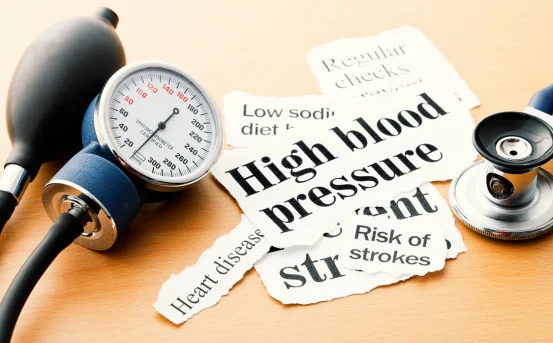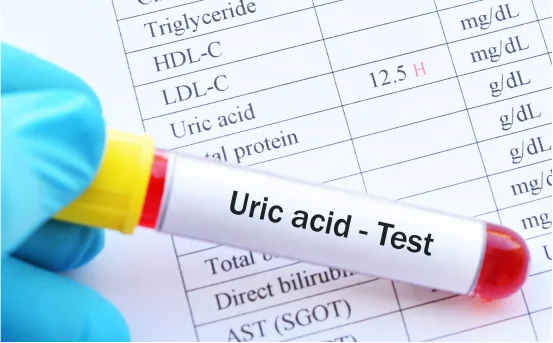Heart health is something most people don’t think about until there’s a problem. For many, that problem shows up as chest pain, shortness of breath, or extreme fatigue. Behind these symptoms could be a blocked artery, where blood struggles to reach the heart muscle. Left untreated, it could lead to a heart attack or worse.
This is where bypass graft surgery comes in a critical procedure that helps reroute blood around blocked arteries and restore healthy circulation. It’s one of the most effective surgical solutions for treating coronary artery disease.
What is Bypass Graft Surgery?
Bypass graft surgery, commonly known as coronary artery bypass grafting (CABG), is a type of heart surgery used to treat narrowed or blocked coronary arteries. These arteries supply oxygen-rich blood to the heart. When they’re clogged due to plaque buildup, the heart doesn’t get enough oxygen, increasing the risk of a heart attack.
The surgery involves taking a healthy blood vessel from another part of the body usually the leg, arm, or chest and using it to create a new pathway (a bypass) around the blocked artery. This allows blood to flow freely to the heart again, improving function and reducing symptoms like chest pain or shortness of breath.
When is Bypass Graft Surgery Needed?
Bypass graft surgery is usually recommended when the coronary arteries are severely blocked or when other treatments like medications or angioplasty haven’t worked. It’s especially common in people with:
- Multiple blocked arteries
- Significant chest pain (angina) even at rest
- Reduced heart function
- Diabetes with severe artery disease
- A history of heart attack
The decision to go for surgery often comes after tests such as an angiogram, ECG, or stress test, followed by an evaluation from a cardiac specialist.
How the Surgery is Performed
Bypass graft surgery is a major procedure that usually takes several hours. The patient is placed under general anesthesia. The surgeon first removes the graft vessel from the donor site commonly the saphenous vein from the leg or the internal mammary artery from the chest.
Next, the heart may be temporarily stopped and supported with a heart-lung machine, or in some cases, the procedure is done on a beating heart (off-pump surgery). The new blood vessel is then carefully attached to the coronary artery above and below the blocked area, allowing blood to bypass the obstruction.
Depending on the severity of the condition, multiple bypasses may be done in a single surgery.
Benefits of Bypass Graft Surgery
The biggest advantage of bypass graft surgery is that it restores normal blood flow to the heart. This not only relieves symptoms but also reduces the risk of heart attack and improves long-term survival.
Patients often notice a significant improvement in their quality of life, including more energy, less chest pain, and the ability to return to regular activities. In many cases, people who were once limited by heart disease can lead an active, fulfilling life after recovery.
Recovery and Life After Surgery
Recovery from bypass graft surgery takes time and commitment. Most patients stay in the hospital for 5 to 7 days, followed by a few weeks of rest at home. Full recovery usually takes 6 to 12 weeks, depending on overall health and how many bypasses were performed.
After surgery, patients are advised to follow a heart-healthy lifestyle, which includes:
- Eating a balanced, low-fat diet
- Exercising regularly under medical guidance
- Quitting smoking
- Managing stress and sleep
- Taking prescribed medications regularly
Cardiac rehabilitation programs are often recommended to support recovery and help patients build strength and confidence step by step.
Risks and Considerations
While bypass graft surgery is generally safe and life-saving, it is still a major surgery and comes with potential risks. These may include:
- Infection at the surgical site
- Bleeding or blood clots
- Irregular heart rhythms
- Memory issues or confusion (usually temporary)
- Heart attack or stroke in rare cases
The overall success rate is very high, especially when performed by an experienced surgical team. However, ongoing medical follow-ups are essential to ensure the grafts remain open and heart function stays strong.
Conclusion
Bypass graft surgery is a trusted and effective treatment for people with serious coronary artery disease. It helps the heart get the oxygen it needs by creating a new path for blood to flow often giving people a second chance at life.
If you or someone you care about is facing this surgery, it’s normal to feel anxious. But knowing how the procedure works, why it’s done, and what to expect during recovery can help you make informed, confident decisions. With the right care, lifestyle changes, and support, a healthier and more active life after bypass surgery is absolutely possible.























